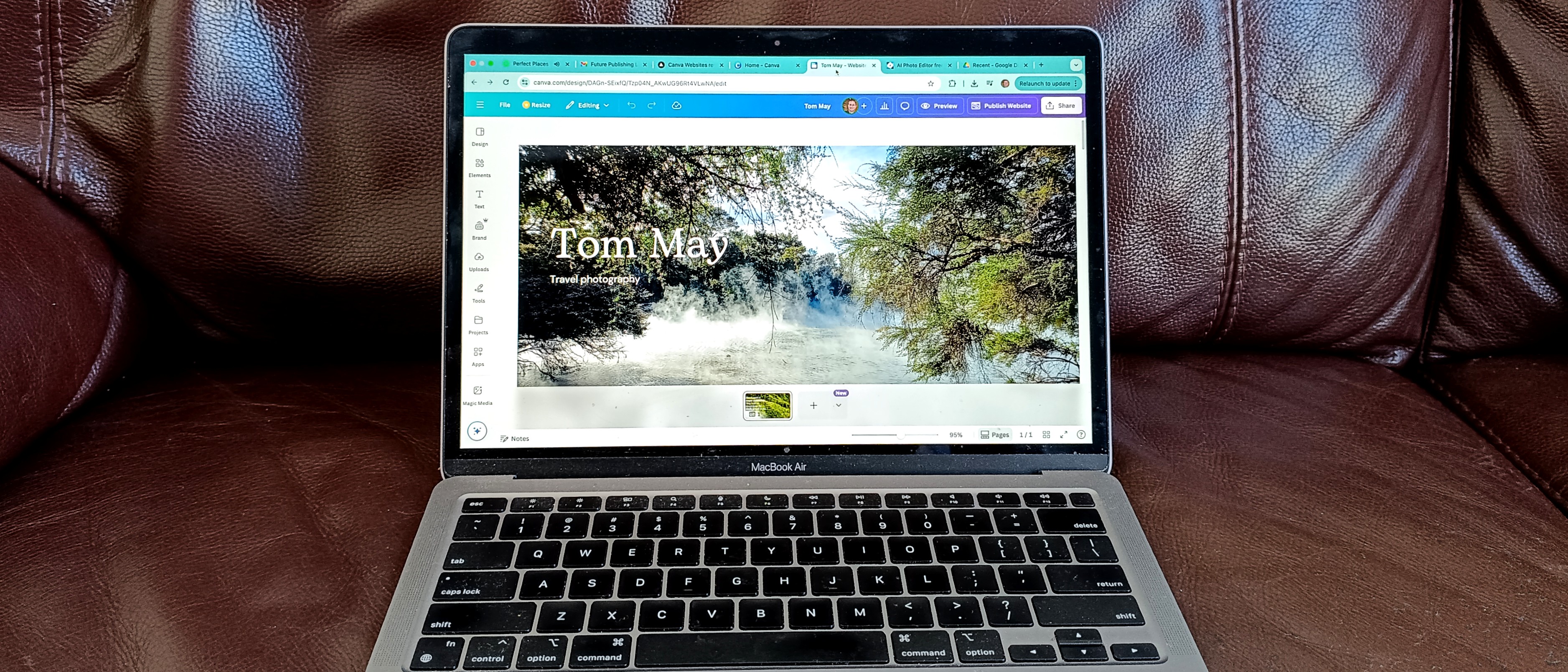Why you can trust Creative Bloq
The cost of workstation power decreases all the time, but not in a gradual fashion. The Scan 3XS GW-HT10 contains one of the larger leaps, which we have seen before – graphics from NVIDIA’s latest Kepler generation, although not the particular model supplied here. But it also brings us our first look at Intel’s new Haswell processor architecture.
Top of the range
The Haswell in question is an Intel Core i7 4770K. This is the top of the performance single-socket range, and runs at a nominal 3.5GHz, with a 3.9GHz frequency available in Turbo mode for a single core.
However, Haswell can easily run permanently at a higher speed than this for extra performance. We have been told that the Haswell generation isn’t quite so forgiving of clock speed increases as its predecessor, and Scan has only pushed the Core i7 4770K to 4.2GHz rather than the 4.4GHz and 4.5GHz frequencies we have seen from previous generations.
The 4770K is a quad-core CPU with HyperThreading, so presents eight virtual cores for excellent multi-threaded abilities.
The new Core i7 has been partnered with a healthy 16GB of 1,600MHz DDR3, supplied in the form of two 8GB modules, leaving two DIMM slots free for upgrade. The Core i7 could also supply the improved Intel HD 4600 graphics it has integrated, but as this is a power-oriented workstation a professional accelerator is supplied instead.
The NVIDIA Quadro K4000 follows the K5000, which we have been very impressed by. The K4000 sports 768 CUDA processors compared to the K5000’s 1,536, and 3GB of GDDR5 with 134GB/sec bandwidth, compared to 4GB and 173GB/sec for the K5000.
But this still promises great performance, as both are considerably more than the Quadro 4000 that the K4000 replaces.
Core components
The storage provision is not quite so revolutionary as the processor and graphics, but still a well considered arrangement. The main drive for operating system and applications is a 256GB Samsung 840 series solid state disk, with a 2TB Seagate Barracuda 7200.14 conventional 7,200rpm hard disk for data storage.
A Pioneer BDC-207D combo Blu-Ray player and DVD rewriter plus a multi-format memory card reader take care of removable storage comprehensively.
Test results
The core components performed well in our tests. As the processor only offers four cores, it can’t keep up with the rendering abilities of systems equipped with six-core CPUs or multiple sockets. But the score in Maxon Cinebench R11.5’s rendering test of 9.24 was still very good, just 26 per cent behind Workstation Specialists’ WSX6 V2.
The Cinebench OpenGL score of 99.96 was the fastest we have ever seen. Similarly, in SPECviewperf 11’s lightwave-01 viewset the Scan managed a phenomenal 98.13, the best result ever to grace these pages. The maya-03 result of 125.49 was the second quickest ever, and 75.19 in the SolidWorks-based sw-02 was once more the fastest we have seen.
Verdict
As a modelling workstation, the Scan is the most accomplished system we have ever reviewed, despite its £1,500 price. Its rendering abilities can’t match workstations with more cores, but even here it punches well above its cost, and bodes well for future releases as Haswell filters across the the Intel processor range.
With Scan’s 3XS GWHT10, you don’t need to compromise on performance, even if you have just £1,500 to spend on your workstation.
Words: James Morris
Key info
- Price: £1,538 ex VAT
- Specifications: 3.5GHz Intel Core i7 4770K processor, 16GB PC3-1600 DDR3 RAM, NVIDIA Quadro K4000 graphics with 3GB GDDR5 memory, 256GB Samsung P840 solid state disk, 2TB Seagate Barracuda 7200.14 hard disk, Pioneer BDC-207D combo Blu-ray player and DVD rewriter, Multi-format memory card reader, Gigabit Ethernet networking; Windows 7 64-bit, 3 years parts and labour warranty (1st year onsite, 2nd and 3rd RTB)
- Manufacturer: Scan
This review originally appeared in 3D World issue 174
Liked this? Read these!
- Up your 3D skills with these amazing Cinema 4D tutorials
- Discover what's next for Augmented Reality
- Download free textures: high resolution and ready to use now
Got a workstation recommendation? Tell us in the comments!

Thank you for reading 5 articles this month* Join now for unlimited access
Enjoy your first month for just £1 / $1 / €1
*Read 5 free articles per month without a subscription

Join now for unlimited access
Try first month for just £1 / $1 / €1

The Creative Bloq team is made up of a group of art and design enthusiasts, and has changed and evolved since Creative Bloq began back in 2012. The current website team consists of eight full-time members of staff: Editor Georgia Coggan, Deputy Editor Rosie Hilder, Ecommerce Editor Beren Neale, Senior News Editor Daniel Piper, Editor, Digital Art and 3D Ian Dean, Tech Reviews Editor Erlingur Einarsson, Ecommerce Writer Beth Nicholls and Staff Writer Natalie Fear, as well as a roster of freelancers from around the world. The ImagineFX magazine team also pitch in, ensuring that content from leading digital art publication ImagineFX is represented on Creative Bloq.
